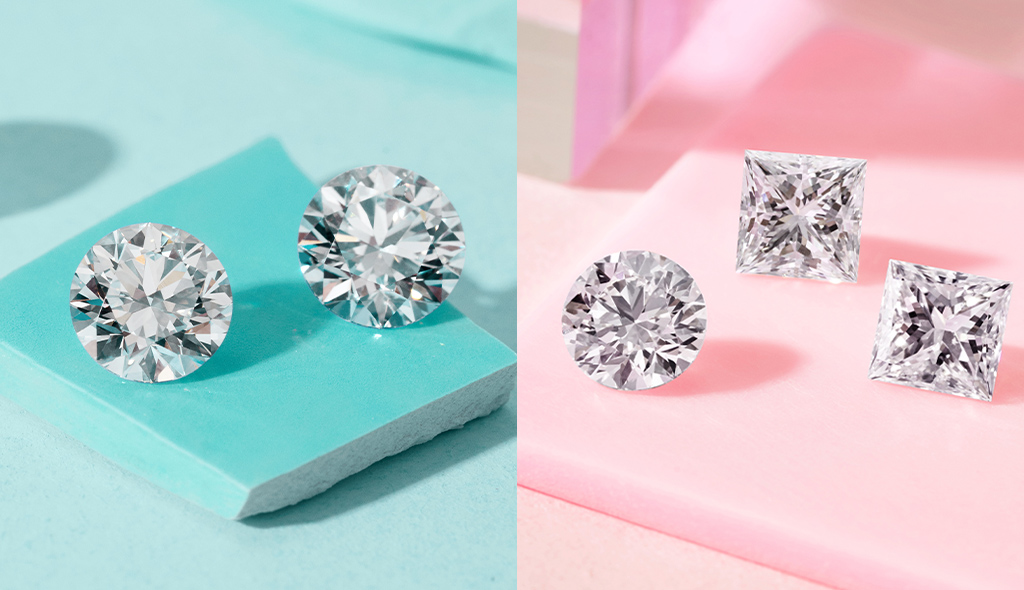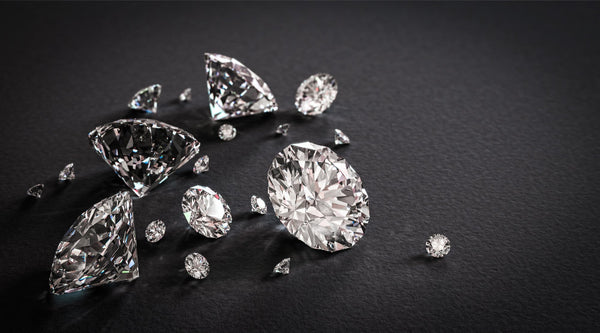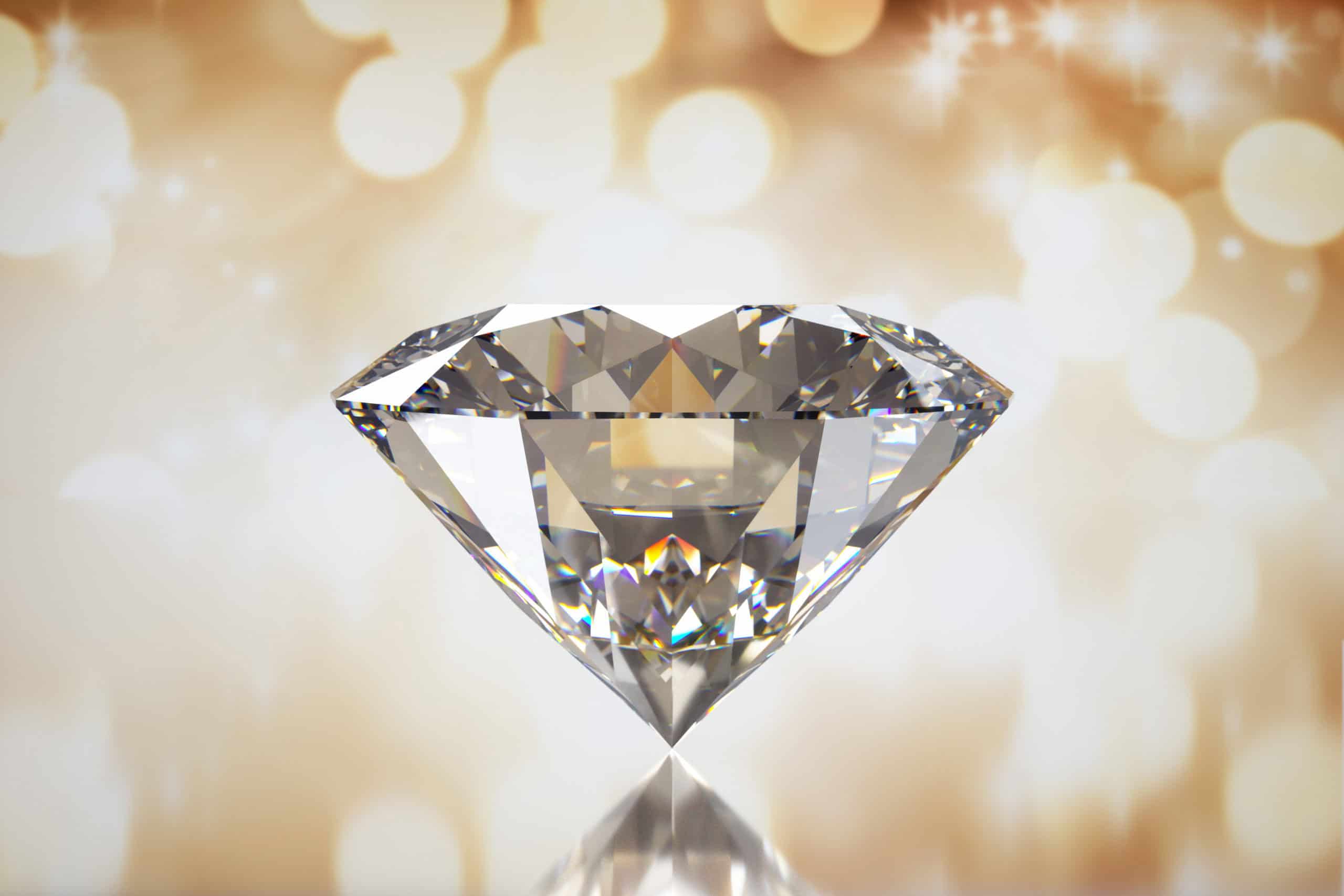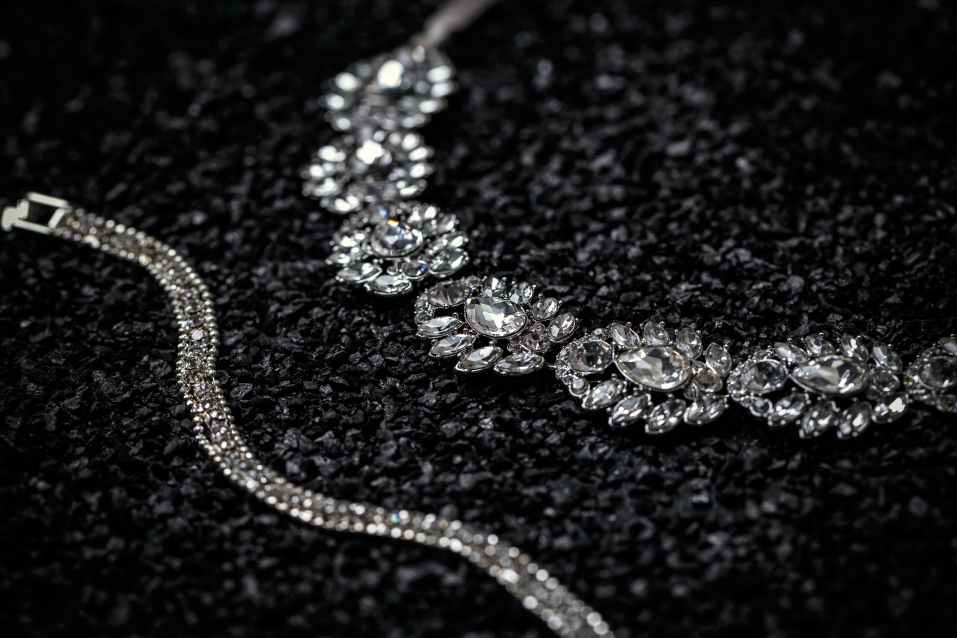In the realm of lab created diamonds, reviewing assumes a critical part in deciding a precious stone’s worth and quality. Two of the most perceived gemological laboratories, the Gemological Foundation of America (GIA) and the Global Gemological Organization (IGI), are frequently at the front of this cycle. This article will GIA vs IGI evaluating frameworks, featuring their strategies, contrasts, and suggestions for customers and the jewel business.
Introduction to Lab Created Diamonds
Lab created diamonds, otherwise called manufactured diamonds, are delivered utilizing progressed mechanical cycles that repeat the regular circumstances under which diamonds structure. These diamonds are synthetically and genuinely indistinguishable from normal diamonds, yet their origin in a lab presents subtleties by they way they are reviewed.
The Job of Gemological Laboratories
Gemological laboratories like GIA and IGI give evaluating reports to diamonds, which survey the stone’s quality in light of the Four Cs: Carat, Cut, Variety, and Clearness. These reports are fundamental for the two purchasers and goldsmiths, offering a normalized assessment of a precious stone’s credits.
GIA: Trailblazers in Jewel Reviewing
Outline of GIA
The Gemological Establishment of America (GIA), established in 1931, is one of the most regarded and perceived gemological laboratories on the planet. The GIA is known for its severe and profoundly regarded evaluating norms, which set the benchmark for the business.
GIA Evaluating Framework for Lab Created Diamonds
Carat: GIA estimates the carat weight of lab created diamonds with similar accuracy as normal diamonds.
Cut: The GIA assesses the cut of a lab created precious stone in view of elements like extent, evenness, and clean, evaluating how well it mirrors light.
Variety: GIA grades the shade of lab created diamonds on a scale from D (boring) to Z (light yellow or brown), involving similar measures with respect to normal diamonds.
Lucidity: The clearness grade depends on the presence of inner or outside incorporations. GIA utilizes a similar lucidity scale for lab created diamonds as it accomplishes for regular ones.
Prominent Highlights
Straightforwardness: GIA is known for its straightforwardness and consistency in evaluating. Its reports are generally trusted and thought about a best quality level in the business.
Thorough Investigation: The GIA gives point by point and exhaustive evaluating reports, frequently including graphs of the jewel’s considerations and different qualities.
IGI: An Elective Methodology
Outline of IGI
The Worldwide Gemological Organization (IGI), established in 1975, is another noticeable gemological laboratory. IGI works around the world and is known for its exhaustive and open precious stone reviewing administrations.
IGI Evaluating Framework for Lab Created Diamonds
Carat: IGI estimates the carat weight of lab created diamonds with accuracy, like different labs.
Cut: IGI assesses the cut of lab created diamonds, zeroing in on how well the precious stone has been formed and its light execution.
Variety: IGI grades the shade of lab created diamonds on a similar scale utilized for regular diamonds, from D to Z.
Lucidity: The clearness evaluation at IGI incorporates a definite assessment of considerations and flaws, like other reviewing frameworks.
Remarkable Elements
Availability: IGI is known for giving open and justifiable evaluating reports. Its assessments are nitty gritty however introduced in a manner that is receptive for customers.
Consistency: IGI’s evaluating is predictable and solid, however it might vary somewhat in some reviewing models contrasted with GIA.
Key Contrasts Among GIA and IGI
Evaluating Guidelines
GIA: Frequently thought to be the benchmark for precious stone reviewing, GIA is known for its severe adherence to evaluating norms and thorough appraisal techniques.
IGI: While IGI likewise keeps up with elevated requirements, its evaluating might be somewhat less rigid in certain areas contrasted with GIA, mirroring a more open methodology.
Report Subtleties
GIA: Reports are nitty gritty and incorporate a complete examination of the precious stone’s credits, frequently with inside and out charts and information.
IGI: Reports are easy to use and give a reasonable outline of the precious stone’s quality, which can be more obvious for the typical customer.
Market Discernment
GIA: By and large viewed as the most prestigious and regarded lab for precious stone reviewing. Its reports are generally trusted by industry experts and purchasers.
IGI: Perceived for its worldwide presence and point by point evaluating, however it might not have similar degree of distinction as GIA in certain business sectors.
Picking either GIA and IGI
For Buyers
GIA: Ideal for those looking for the most thorough evaluating and industry wide acknowledgment. GIA reports are profoundly regarded and may give extra inner harmony with respect to the jewel’s quality.
IGI: Reasonable for shoppers who esteem an exhaustive yet congenial reviewing report. IGI’s reports are dependable and open, offering a decent harmony between detail and clearness.
For Gem specialists
GIA: Frequently liked by gem specialists who need to offer diamonds with an evaluating report from a profoundly regarded lab. GIA’s reports can upgrade the apparent worth of a precious stone.
IGI: A strong decision for goldsmiths who need dependable reviewing at a cutthroat expense. IGI’s reports are point by point and give a careful evaluation of the jewel’s quality.
Conclusion
Both GIA and IGI assume urgent parts in the realm of lab created precious stone evaluating. While GIA is famous for its thorough norms and worldwide renown, IGI offers a complete and open reviewing administration. Understanding the distinctions between these laboratories can assist customers and gem specialists with pursuing informed choices while picking lab created diamonds. Whether you focus on the regarded standing of GIA or the nitty gritty methodology of IGI, both proposition important experiences into the quality and worth of lab created diamonds.







